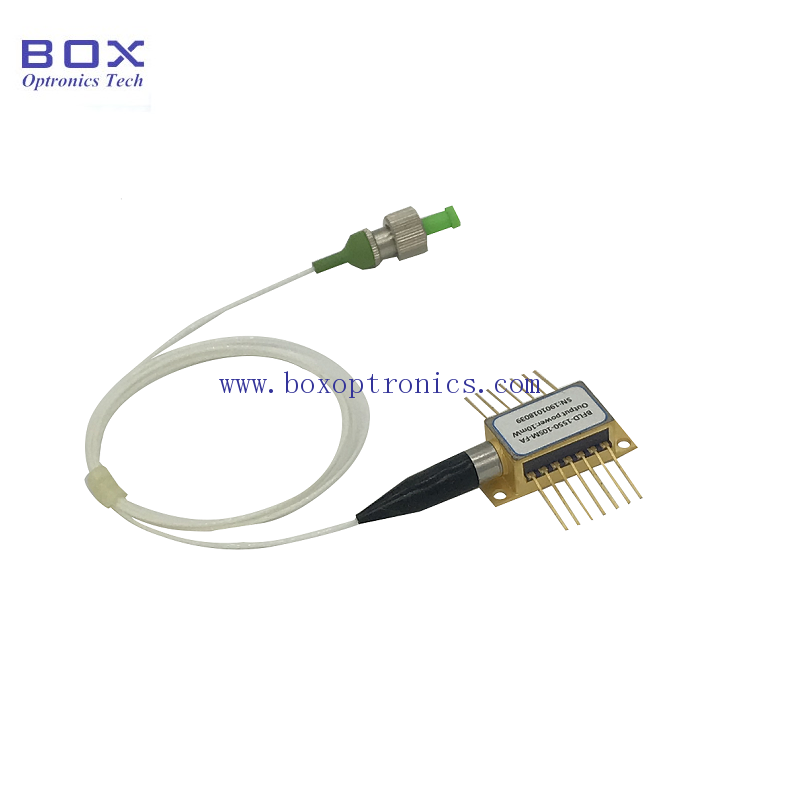With their unique design and exceptional properties, DFB lasers find applications in various fields, from telecommunications to biomedical research. In this comprehensive guide, we delve into the world of DFB lasers, exploring five key applications that showcase their prowess. Whether you‘re a scientist pushing the boundaries of knowledge or an engineer seeking cutting-edge solutions, understanding the capabilities of DFB lasers is paramount.

Telecommunications Revolutionized: At the heart of modern telecommunications infrastructure lies the DFB laser, a cornerstone of optical fiber communication systems. These lasers emit light with remarkable stability and narrow linewidth, making them indispensable for transmitting vast amounts of data over long distances. From internet connectivity to international phone calls, DFB lasers power the networks that keep us connected in today‘s digital age. The Boxoptronics High power 20mW 1510nm wavelength stabilized 14PIN laser diode exemplifies this, offering robust performance and precise wavelength control for next-generation communication networks.
Advancing Sensing Technologies: In the realm of sensing and measurement, DFB lasers play a pivotal role in enabling high-precision instruments for a myriad of applications. One such application is environmental monitoring, where DFB lasers are deployed in LIDAR systems to accurately measure atmospheric parameters such as aerosol concentration and greenhouse gas levels. Additionally, in industrial settings, DFB lasers are utilized for spectroscopic analysis, facilitating real-time monitoring of chemical processes with unparalleled sensitivity and specificity.
Medical Marvels Unveiled: Biomedical research and healthcare benefit immensely from the precision and reliability of DFB lasers. In medical imaging techniques like Optical Coherence Tomography (OCT), DFB lasers provide the coherent light source necessary for capturing detailed images of biological tissues with micron-level resolution. Moreover, in fluorescence spectroscopy and flow cytometry, DFB lasers enable researchers to probe the intricacies of cellular structures and dynamics, paving the way for advancements in diagnostics and therapeutics.
Navigating the Frequency Landscape: Precision timekeeping and frequency standards rely on the stability and accuracy of DFB lasers to maintain coherence and synchronization. Atomic clocks, essential components of global navigation systems like GPS, harness the precise frequency stabilization capabilities of DFB lasers to ensure accurate positioning and timing information. Furthermore, in scientific research applications such as spectroscopy and interferometry, DFB lasers serve as indispensable tools for probing fundamental physical phenomena with unparalleled precision.
Empowering Next-Generation Sensors: The integration of DFB lasers into fiber optic sensing networks heralds a new era of distributed sensing capabilities. By multiplexing DFB lasers along optical fibers, engineers can create sensor networks capable of monitoring temperature, strain, pressure, and other environmental parameters over vast distances. This technology finds applications in structural health monitoring of critical infrastructure, oil and gas pipeline surveillance, and security monitoring, enhancing safety and efficiency across various industries.
Conclusion: As we navigate the complexities of the modern world, DFB lasers stand as beacons of innovation, empowering a myriad of applications with their precision, stability, and versatility. From revolutionizing telecommunications to advancing biomedical research and beyond, the impact of DFB lasers resonates across diverse fields, driving progress and discovery. As technologies continue to evolve, the role of DFB lasers will undoubtedly expand, illuminating new pathways towards a brighter future.
